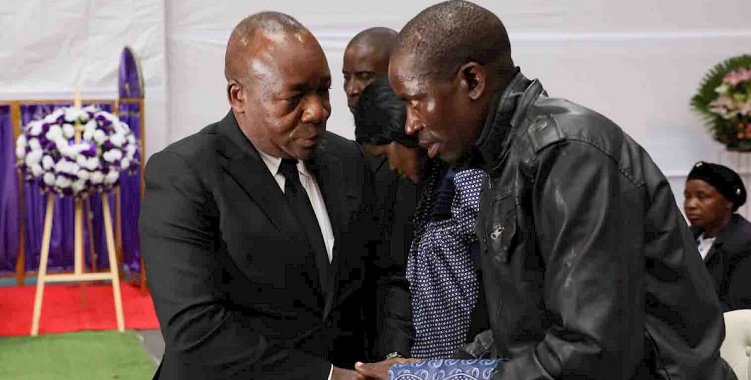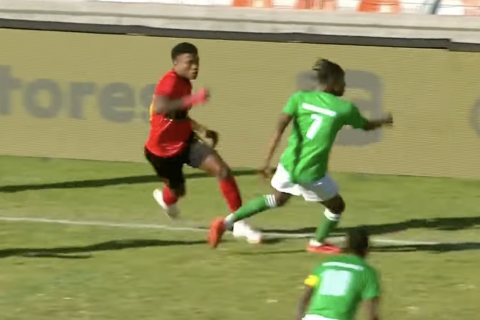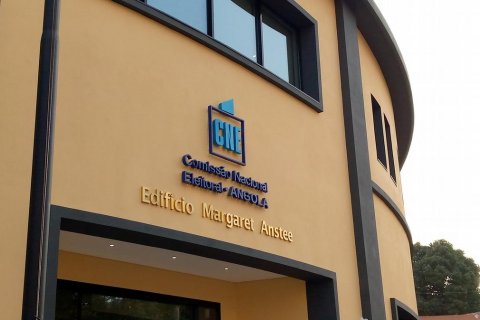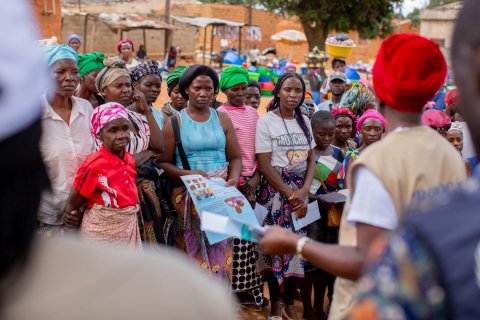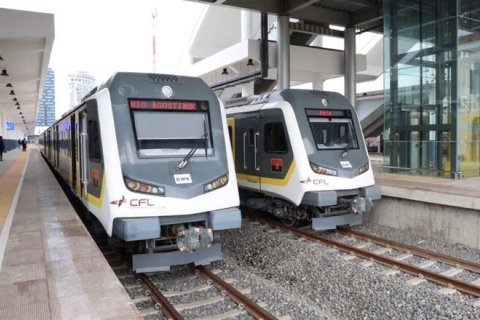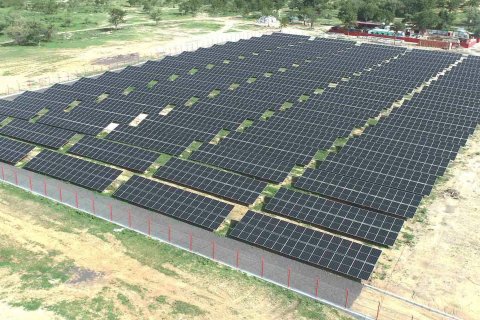The handover of the remains and death certificates was carried out by Fernando Garcia Miala, executive coordinator of the CIVICOP operational and logistics group, who also paid tribute to the victims by laying a wreath, greeting the families and signing the book of condolences.
The four victims in question are Paulino Sassonga, Rodrigues Chinduva, Luís Maria Mbongue and Sabina Ngoloveia, who died in 1986, 1981, 1985 and 2001, respectively, in the municipality of Cachiungo (Huambo). The first three victims were former members of the People's Defense Organization.
On the occasion, Edgar dos Santos Hilário, deputy governor for Technical Services and Infrastructure, considered it to be a symbolic and transcendent act, given that it highlights the ability of Angolans to embrace others and reconcile with the past, writes Angop.
He indicated that the act is not only symbolic, but also a formal moment where grieving families can, from now on, have access to the bones and death certificates of their relatives, having also recalled the apology presented by the President of the Republic, João Lourenço, to the victims of the conflicts, which occurred between November 11, 1975 and April 4, 2002.
The victims' families expressed gratitude to the head of state for his attitude of reconciliation.
According to Angop, it was considered a noble and humanitarian act by the President of the Republic in facilitating families to have a dignified funeral for their loved ones.
The victims' biographical information, as well as a message from the Central Military Region Command, were read at the event, which ended with the burial of the remains in Cachiungo.
The exhumations are the result of work carried out by the commission, as part of the identification and return of victims of these conflicts, after a meticulous process of verification, laboratory tests and genetic recognition, says Angop, which adds that the forensic biology department - DNA of the central criminal laboratory announced that the identification of these victims concluded the process of comparison and statistical study of the genetic profiles of the family and the bones, which concluded that there was a genetic compatibility between the two.

